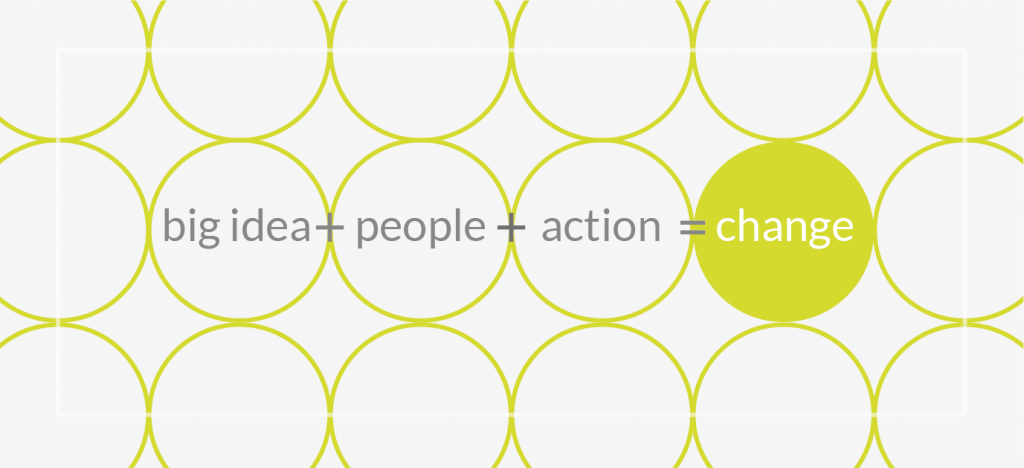
There are two key stages to the circular economy:
1. Design & Manufacture
In a circular economy the things we want and need are produced using minimal amounts of materials and energy. To achieve this, goods are designed and manufactured so that we can easily recover their parts and materials at the end of their life, allowing us to use those materials over and over. In these closed loop production systems waste is viewed simply as a resource in the wrong place. In this way the goods of today become the resources of tomorrow, and that’s not just wishful thinking. It is now more profitable to extract gold from old phones than to mine it from the ground.
2. Use & Reuse
To get the most utility out of everything, in a circular economy we work all resources and things as hard as possible. For example a bicycle would be made from recycled metal. After a few years the owner might sell it on using an online marketplace like eBay. The bikes new owner could list it as an item they’d like to share on the local sharing platform, Neighbourgoods. If it breaks down, the bike could be sent to a charity like OWL in Cambridgeshire who would fix it or send the parts to countries in Africa where they are used as spare parts and rebuilt into new bikes.
Re-thinking progress
Instead of the throw-away and replace culture we've become used to, could we rethink progress and adopt a return and renew culture? How might we mimic the natural world's cyclical nature, so that the goods of today become the resources of tomorrow?
This short three minute video by the Ellen MacArthur Foundation outlines the creative opportunities of a circular economy.
What's the problem?
At the moment we follow a linear model in which we buy → use → throw away. A single person in the EU consumes 15 tonnes of resources each year, 5 tonnes of which are simply thrown away. What happens to our stuff when we throw it away? Landfill and pollution problems resulting from the disposal of our things are making it increasingly clear that there is no 'away'. The world’s population is set to grow from 7 to 9 billion by the end of the century, with increasing numbers entering the middle classes and consuming more. And it's not just a resource problem. A whopping 40% of our personal carbon emissions comes from the things we buy.
Could a circular economy be both a necessity and an opportunity? Historically we've pursued efficiency by increasing labour productivity, rather than resource productivity. If we focused on both we may have a greater chance of meeting the needs of our growing population, without increasing the pressure on our natural resources. And with 40% of production costs related to resources, many of which have risen in price over the last two decades, it may be beneficial for business too.
